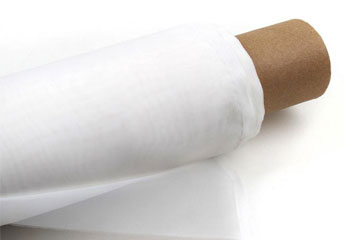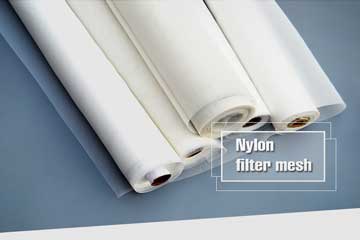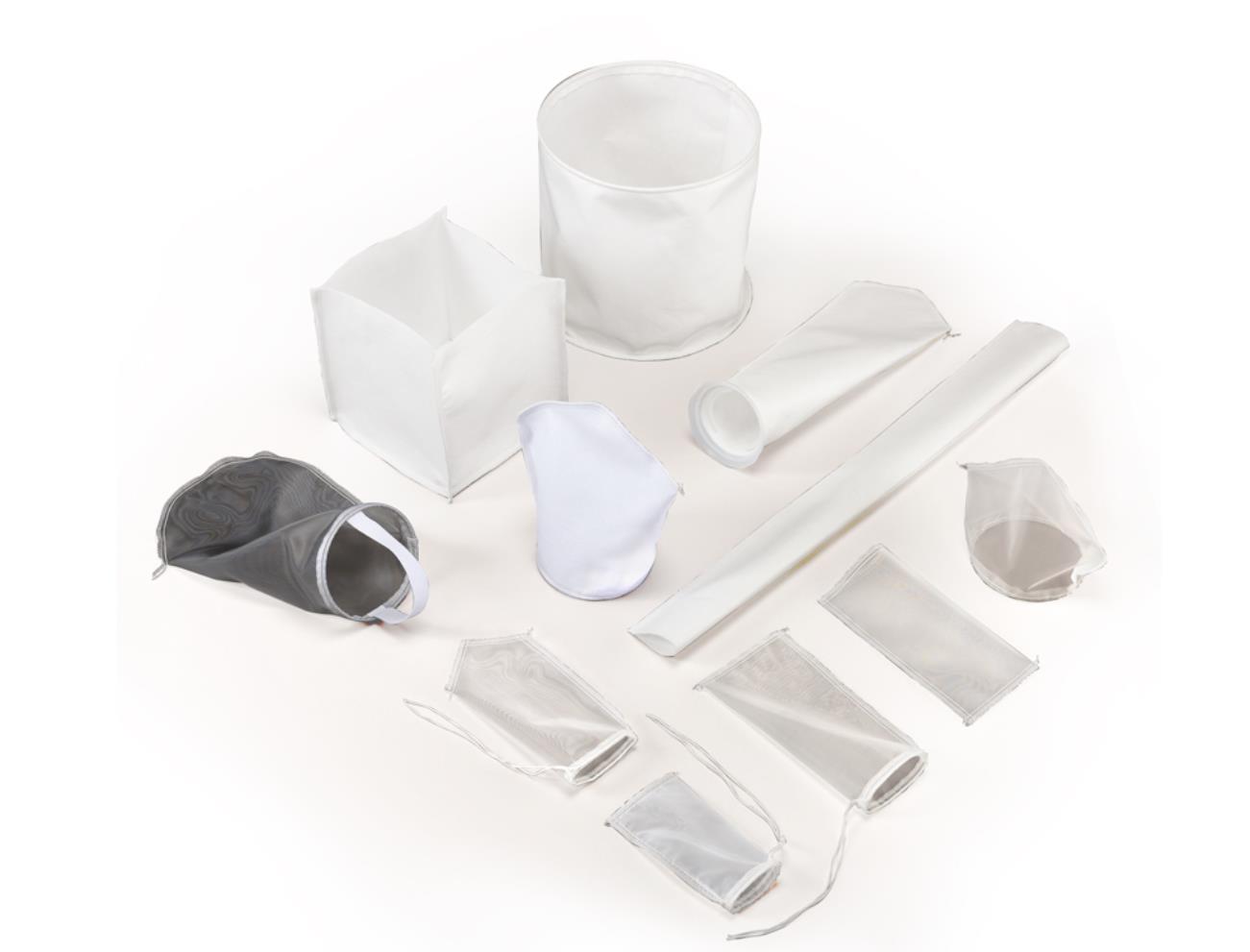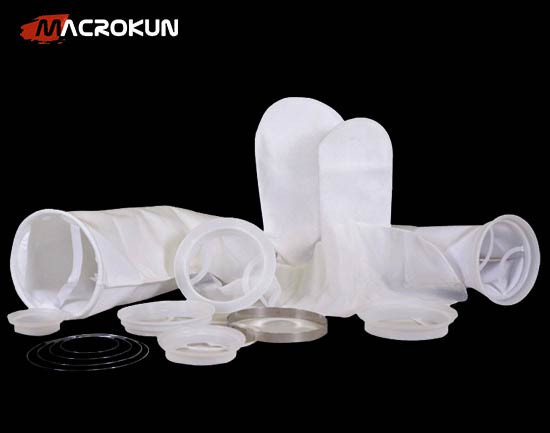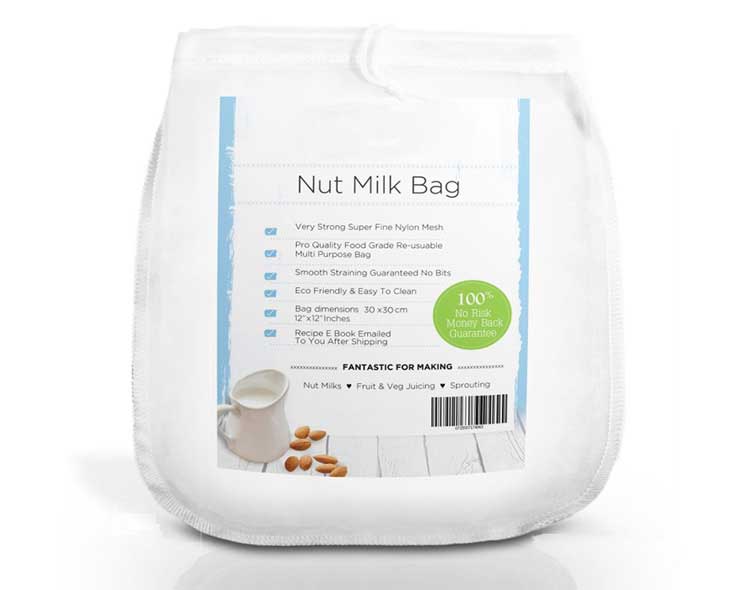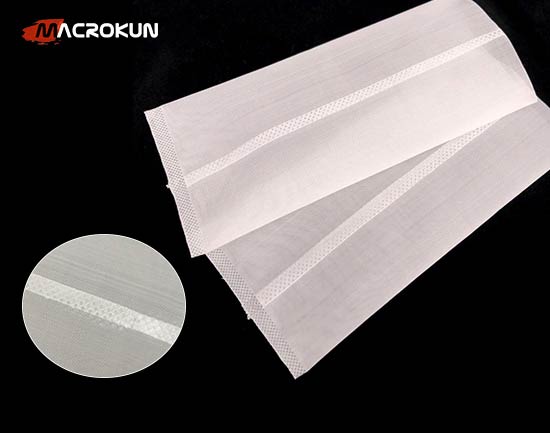Why the nylon filter membrane pore size is one of the first questions buyers ask
The nylon filter membrane pore size is a small specification that has a disproportionate effect on lab efficiency and data quality. Adopt a controlled procurement cycle: define need → request COA → order sample → validate → accept lot → scale. Standardize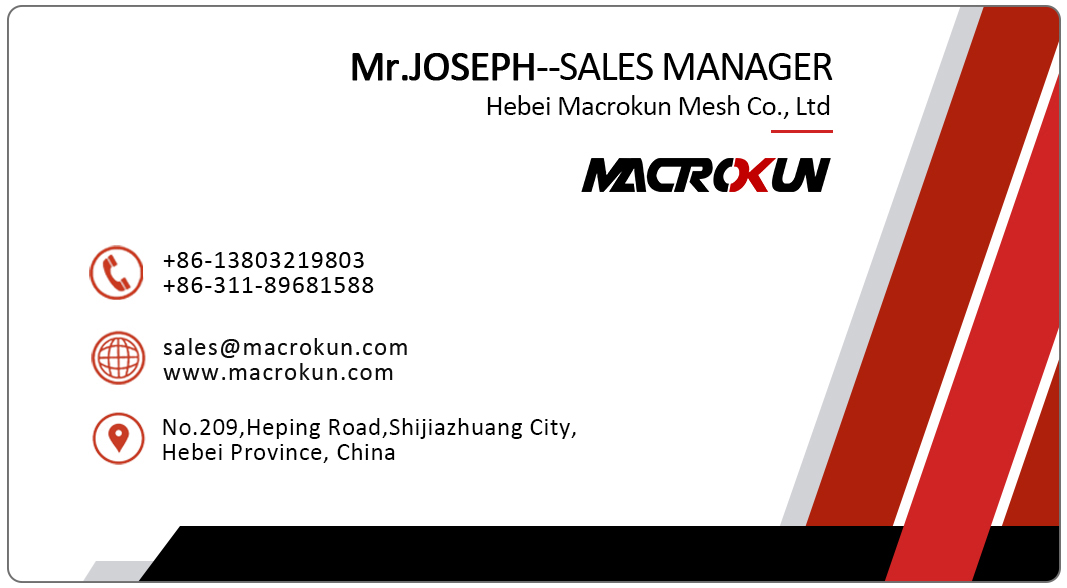
When labs or production teams shop for membranes they often begin with a single, practical question: “Which pore size do I need?” The phrase nylon filter membrane pore size captures that decision point. Choosing the right pore size is not an academic exercise — it determines flow rate, particle retention, column life, and total cost of ownership. This guide explains how to interpret pore size choices, when to choose a nylon membrane, which formats work best for different workflows, and how to validate and procure membranes with confidence.
What “nylon filter membrane pore size” actually means in the lab
At the simplest level, nylon filter membrane pore size refers to the nominal diameter of the membrane’s pores, expressed in micrometers (µm). Common lab pore sizes include 0.1 µm, 0.22 µm, 0.45 µm and coarser sizes for prefiltration. The nominal pore size determines what the membrane will retain (particulates, some bacteria) and what it will pass (solvent, dissolved analytes). For nylon membranes — which are hydrophilic by nature — the pore size combines with material behavior to determine how quickly and cleanly a sample will filter.
Why pore size selection is a practical, not theoretical, choice
People often default to the finest pore size they can get, thinking “finer is safer.” In reality, the nylon filter membrane pore size you choose should be the coarsest one that still meets your performance needs. Coarser pores (e.g., 0.45 µm) allow higher flow rates and longer membrane life on particulate-laden samples; finer pores (e.g., 0.22 µm) are necessary when sterility or bacterial retention is required. Selecting the right size prevents clogging, reduces filter cost per sample, and protects downstream instrumentation.
When nylon is the preferred membrane material
Nylon membranes offer a practical combination of wetting behavior, solvent compatibility, and mechanical strength. Their hydrophilic nature means they wet quickly with aqueous solutions and many polar organic solvents, which removes a prep step that hydrophobic membranes require. Nylon is widely used for sample preparation before chromatography and for general-purpose clarification because it balances chemical compatibility with low extractables when sourced from reputable manufacturers.
Formats: match pore size to format and workflow
Formats change how you use the nylon filter membrane pore size:
-
Syringe filters (13 mm, 25 mm) — ideal for single-sample prep and low-volume HPLC work. For small-volume, high-precision runs, a 0.22 µm or 0.45 µm nylon syringe filter is common.
-
Disc filters (25 mm, 47 mm, 90 mm) — used for batch clarifications in vacuum manifolds. Discs work well when you need to process many samples and want lower per-sample cost.
-
Large sheets or rolls — used in preparative or custom housings where you cut discs or fit large modules.
Always match the nylon filter membrane pore size to both the format and expected particle load. A 0.45 µm disc makes sense for routine batch clarifications; a 0.22 µm syringe filter may be best for final passes into sensitive analytical columns.
Typical applications and recommended pore sizes
Different workflows call for different nylon filter membrane pore size choices:
-
HPLC sample prep: Many labs prefilter with 0.45 µm to remove visible particulates, then optionally use 0.22 µm before sterility-sensitive steps.
-
Microbiology / sterility checks: Use 0.22 µm when you need high confidence in removing bacteria.
-
Routine reagent clarification: 0.45 µm or coarser depending on the particulate load.
-
Environmental sampling: Choose pore sizes that capture the particle class you intend to analyze.
The practical guideline: pick the coarsest pore that meets your analytical requirement and don’t default to “smallest is best.”
How pore size affects flow, lifetime, and reproducibility
Pore size directly influences three critical variables: flow rate, time to clog, and reproducibility. Finer nylon filter membrane pore size reduces flow and fills up more quickly when samples contain solids, while coarser pore sizes resist clogging and keep sample prep fast. For busy labs, a staged approach — coarse prefilter followed by a fine final filter — often maximizes membrane lifetime and preserves result quality.
Chemical compatibility and extractables — what to verify
Nylon tolerates many aqueous and polar organic solvents, but chemical compatibility must always be checked. For trace analysis, request extractables/leachables data (COA) from the supplier — a precaution that reduces the risk of unexpected peaks or background in sensitive chromatography or spectroscopy. Also confirm pH and temperature limits; some nylon grades perform better under alkaline conditions than others.
Buying guidance — practical procurement checklist
When procuring based on nylon filter membrane pore size, follow this checklist:
-
Confirm the specific pore size and format you need for your workflows (syringe/disc/roll).
-
Request Certificate of Analysis showing pore distribution and extractables.
-
Check sterility status if needed (sterile-packed vs non-sterile).
-
Verify backing/support details — supported membranes are preferred for vacuum filtration.
-
Order a small trial pack for on-bench validation before bulk purchase.
This sequence prevents mismatches between spec sheets and real-world performance.
Validation protocol — three quick tests to run
Validate a candidate membrane with this quick routine:
-
Flow test: Filter a representative sample and record flow time; compare with expected throughput.
-
Filtrate test: Inspect filtrate for clarity, color, or odor changes that signal extractables.
-
Functional fit test: Fit the filter to your housing or syringe and check for leaks or tears under expected pressure.
If the nylon filter membrane pore size and format pass these tests, you have confidence to scale purchases.
Cost considerations — think per-sample economics
Unit price varies with format and pack size. While syringe filters have a higher per-unit cost for single samples, discs and rolls reduce per-sample expense at scale. Account for hidden costs like reruns, column replacements, and downtime — higher-quality membranes with supportive documentation often save money over time by protecting expensive downstream equipment.
Common mistakes and how to avoid them
Avoid these typical errors when deciding on nylon filter membrane pore size:
-
Choosing the finest pore size by default, which leads to rapid clogging.
-
Failing to validate a sample before bulk buy.
-
Overlooking backing/support requirements for vacuum filtration.
-
Ignoring COAs and lot traceability for critical assays.
A short procurement policy that mandates validation and COA review eliminates most issues.
Storage, handling and traceability best practices
To preserve membrane performance and maintain traceability:
-
Store membranes sealed in their original packaging in a cool, dry place.
-
Handle only by edges using gloves or tweezers to avoid particulate transfer.
-
Record lot numbers and COA references in your inventory system.
-
Rotate stock to use older lots first and avoid long-term degradation.
These habits make membrane performance predictable and auditable.
Final recommendation — convert a commodity buy into a controlled process
The nylon filter membrane pore size is a small specification that has a disproportionate effect on lab efficiency and data quality. Adopt a controlled procurement cycle: define need → request COA → order sample → validate → accept lot → scale. Standardize formats across teams, keep a safety stock of validated membranes, and track lot performance. With that process in place, your membrane purchases become reliable building blocks of consistent results rather than sources of last-minute headaches.
RELATED PRODUCTS
RELATED ARTICLES
Tags:
